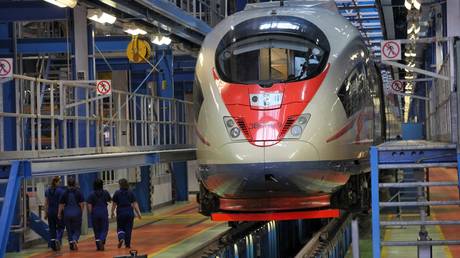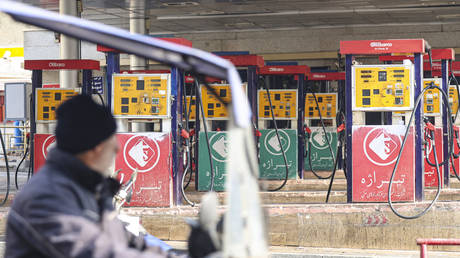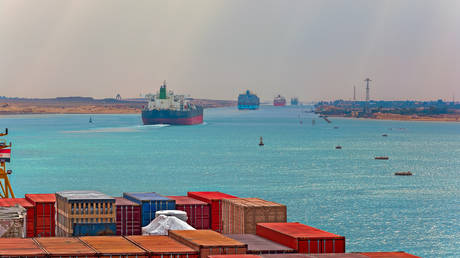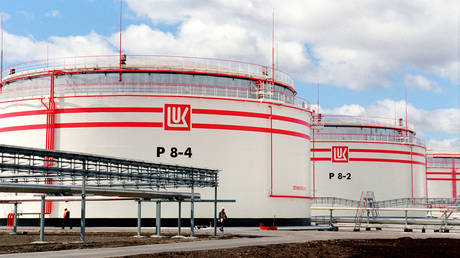Sanctions have pushed Moscow towards expanding cooperation with Asia and the Middle East
Russia’s trade with ‘unfriendly’ countries has dropped threefold since 2021 and is on course for a further decline, according to a report from the Russian Center for Strategic Research (CSR) published on Saturday. The term ‘unfriendly’ refers to Western countries and their allies that placed sanctions on Moscow in connection with the Ukraine conflict.
While at the end of 2021, Russian exports to these countries amounted to 55% and imports made up some 26% of its total trade, by the end of this year both indicators are expected to drop to 16% and 7%, respectively. By 2030, Russia’s economic cooperation with ‘unfriendly’ states is forecast to decrease five times against 2021 figures, analysts say.
According to the first deputy head of the center, Tatyana Gorovaya, the West’s sanctions pressure “led to a qualitative and comprehensive reassessment of [Russia’s] foreign economic priorities,” resulting in growing economic cooperation with Asia and the Middle East.
The CSR estimated that since early 2022, the volume of Moscow’s exports to India jumped nearly 3.5 times, to China and Turkey by 15% each, to Azerbaijan by 27%, and by 7% to Iran. Russia’s imports from China rose by more than a third, from Turkey by 17%, and from Southeast Asia by 26%.
Analysts expect the structure of Russian exports to remain stable throughout the decade and to be based on raw materials, with the largest export share taken by crude oil and petroleum products (about 34%), coal (21%) and gas (19%).
READ MORE: Russia ramps up trade with Africa and Asia – customs data
With regard to imports, the largest share will be taken by mineral products and coal (21%), while imports of food and agricultural products are expected to decrease by 3% compared to 2021 figures, which experts see as a sign of improvement in the country’s food security
For more stories on economy & finance visit RT's business section

 1 year ago
306
1 year ago
306







 English (US) ·
English (US) ·